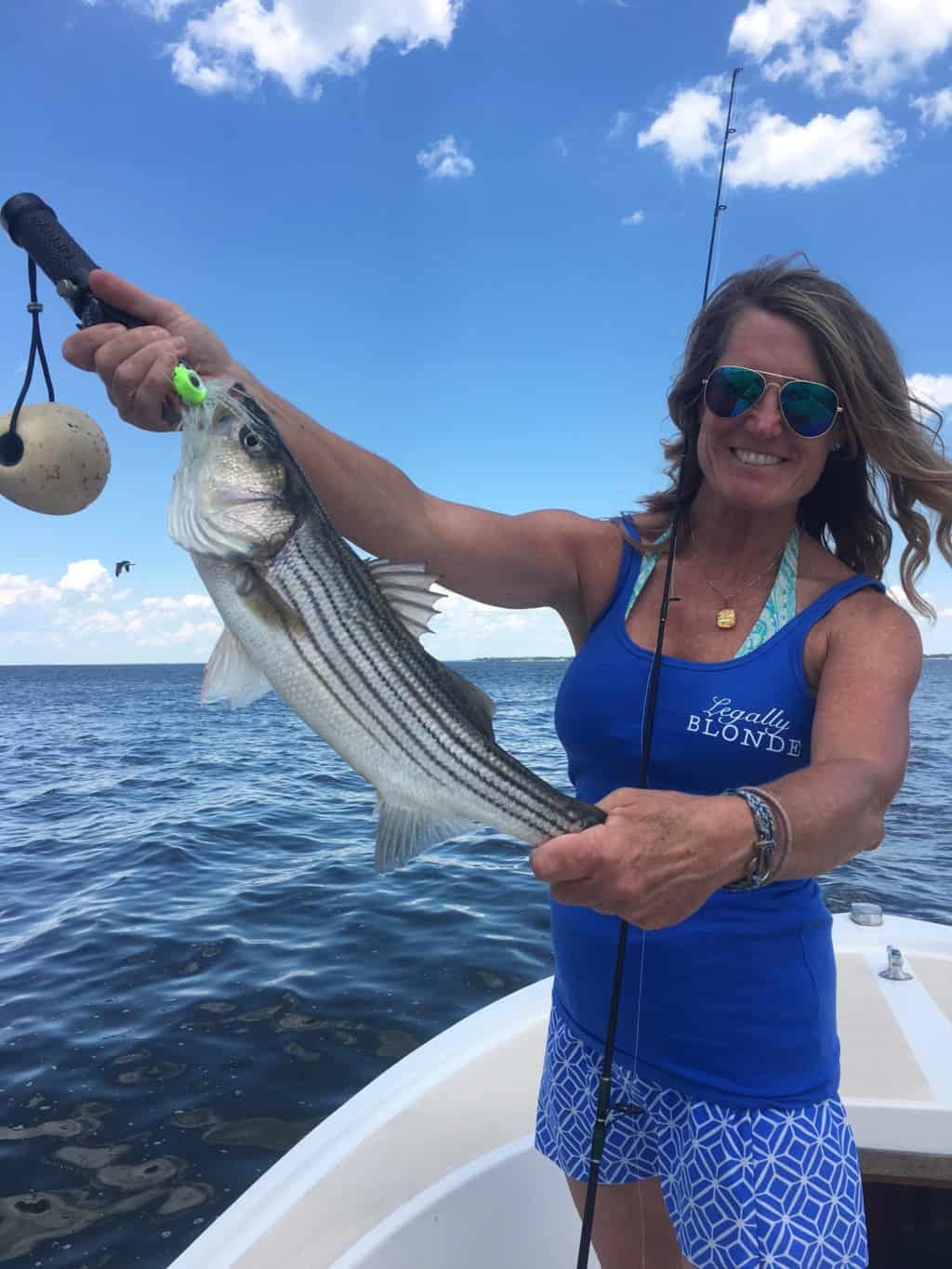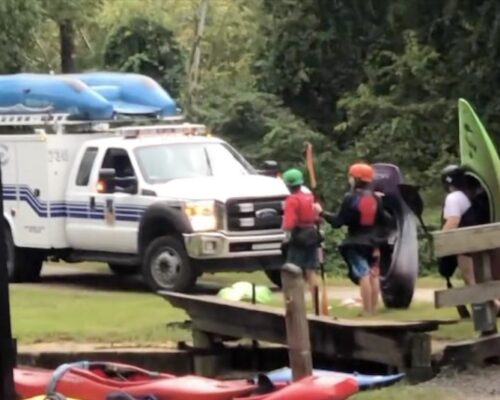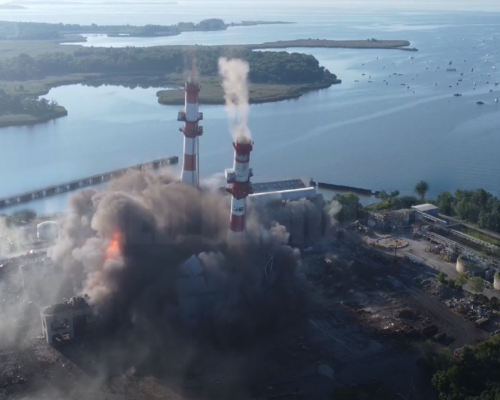The Atlantic striped bass (rockfish) population is in trouble. Avid Bay anglers have noticed the warning signs of smaller and fewer fish over the last few seasons, and the trouble was confirmed in November when fisheries biologists and analysts reported that the population has fallen below the sustainable threshold and overfishing has been occurring, perhaps for nearly a decade, which makes Thursday’s Atlantic States Marine Fisheries Commission (ASMFC) meeting so important. Representatives from 15 coastal states will discuss and vote on a course of action to mitigate overfishing and chart a course to rebuild the stock.
But first, you may wonder how could this have happened? Likely, it was a culmination of factors, since pressure from all sectors of the fishery is intense—perhaps more so than at any other time in the history of this keystone species. As striper fishing popularity has grown, anglers have become very efficient. Some in the Bay’s recreational angling community point to Virginia’s winter gill net fishery as a key contributor to the decline of large breeders.
Meanwhile, the recent stock assessment notes that striped bass mortality due to recreational catch and release fishing accounts for 48 percent of the reduction from all sectors—commercial harvest, commercial discard mortality, and recreational harvest.
Some states have already taken action, as we’ve previously reported. In April, Virginia cancelled its spring trophy season to try and conserve breeder-sized rockfish. Maryland now requires the use of circle hooks when live lining or using natural or scented bait for stripers to try and reduce the number of “dead discards”, which occur during the height of summer when stripers are caught and released but do not survive due to the heat. North Carolina, Massachusetts and Connecticut took steps to curb their harvest. Some anglers, guides, and charter boat captains have voluntarily implemented conservation measures.
Coming to agreement on the best way out of this mess will spark debate, perhaps even intense at times, given regional priorities, opinions, perspectives and politics. It is unclear how the ASMFC will cut the recreational rockfish harvest, but it could include capping the minimum size and instituting a coast-wide moratorium on rockfish longer than 36 or 40 inches for both commercial and recreational sectors; curbing the season lengths; requiring tags for trophy stripers, and/or; a coastwide circle hook mandate for fishing with bait. It is also possible they will vote to enact an across-the-board cut in the overall catch.
What is clear is that the recreational fishing community expects clear and decisive action to reverse the decline as quickly as possible and to chart a course that puts us on a path toward rebuilding the stock within a decade, per ASFMC rules.
–Captain Chris Dollar



